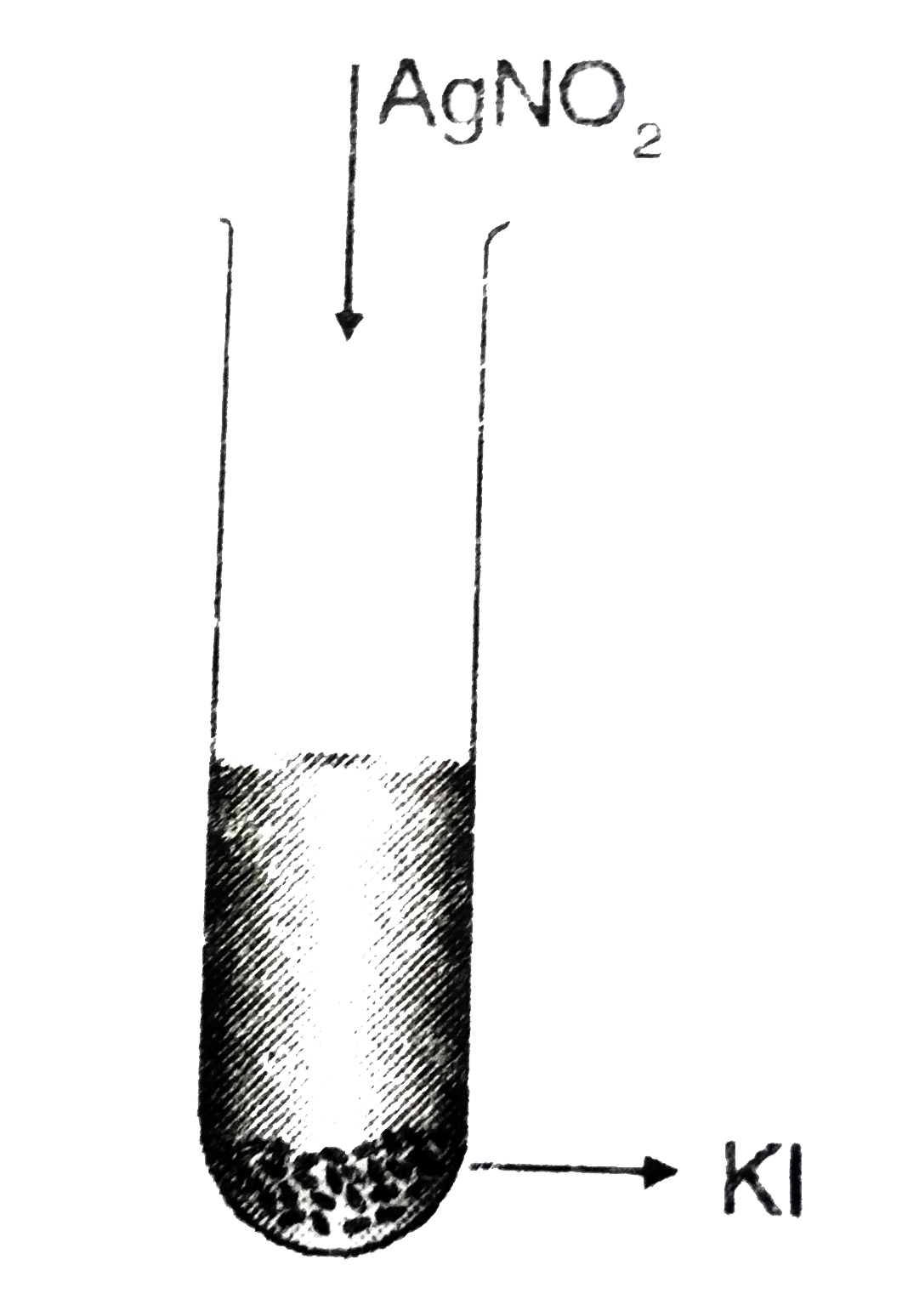collodial particles in a sol can be coagulated by :
heating
adding an electrophoresis
adding oppositely charged sol
any of the above methods
The correct Answer is:d
Step by step video, text & image solution for collodial particles in a sol can be coagulated by : by Chemistry experts to help you in doubts & scoring excellent marks in Class 12 exams.
Updated on:21/07/2023Similar Questions
coagultion is the process by which the dispersed phase of a colloid is made to aggregate and thereby separtate from the continuous phase. The minimum concetration of an eletrolyte in milli-moles per litre of the electrolyte solution which required to cause the caogultion of colloidal sol is called coagution value .
therefroe higher is the coagulatings power of effective ion, smaller will be the coagultion value of the electrolyte.
the coagulation of colloidal particles fo the sol can be caused by :
View SolutionColloidal particles in soap sol carry
View SolutionWhich colloid can be coagulated by Al+3?
View SolutionThe charge of colloidal particles is responsible for the stability of sols. Explain.
View Solution1 mol of [Agl]I− can be coagulated by:
View Solution(a) A colloidal sol is prepared by the given method in figure. What is the charge of AgI colloidal particles in the test tube ? How is the sol formed, represented?
 (b) Explain how the phenomenon of adsorption finds application in Heterogeneous catalysis.
(b) Explain how the phenomenon of adsorption finds application in Heterogeneous catalysis.
(c) Which of the following electroytes is the most effective for the coagulation of Fe(OH)3 sol which is a positively charged sol?
NaCI,Na2SO4,Na3PO4
View SolutionThe colloidal particles are electrically charged as a indicated by their migration towards cathode or anode under the applied electric field. In a particular colloidal system, all particles carry either positive charge or negative charge.
The electric charge on colloidal particles orginate in several ways. According to preferential adsorption theory, the freshly obtained precipitate particles adsorb ions from the dispersion medium, which are common to their lattice and acquire the charge of adsorbed ions. For example, For example, freshly obtained Fe(OH)3 precipitated is dispersed, by a little FeCl3, into colloidal solution owing to the adsorption of Fe3+ ions in preference. Thus sol particles will be positively charged.
In some cases the colloidal particles are aggregates of cations or anions having ampiphilic character. When the ions posses hydrophobic part (hydrocarbon end) as well as hydrophilic part (polar end group), they undergo association in aqueous solution to form particles having colloidal size. The formation of such particles, called micelles plays a very important role in the solubilization of water insoluble substances, (hydrocarbon, oils, fats, grease etc.). In micelles, the polar end groups are directed towards water and the hydrocarbon ends into the centre. The charge on sol particles of proteins depends on the pH. At low pH, the basic group of protein molecule is ionized (protonated) and at higher pH (alkaline medium), the acidic group is ionized. At isoelectric pH, characteristic to the protein, both basix and acidic groups are equally ionized. The stability of colloidal solution is attributed largely to the electric charge of the dispersed particles. This charge causes them to be coagulated or precipitated. On addition of small amount of electrolytes, the ions carrying oppiste charge are adsorbed by sol particles resulting in the neutralization of their charge. When the sol particles either with no charge or reduced charge, come closer due to Brownian movement, they coalesce to form bigger particles resulting in their separation from the dispersion medium. This is what is called coagulating or precipitation of the colloidal solution. The coagulating power of the effective ion, which depend on its charge, is expressed in terms of its coagulating value, defined as its minimum concentration (m mol/L) needed to precipitate a given sol.
Under the influence of an electric field, the particles in a sol migrate towards cathode. The coagulation of the same sol is studied using NaCl, Na2SO4 and Na3PO4 solutions. Their coagulating values will be in the order :
View SolutionTiO2 sol can be most easily coagulated by
View SolutionIn which of the sols, the colloidal particles are with negative charge?
View SolutionWhich of the following can protect a gold sol from coagulation by NaCl solution?
View Solution
